
Quilt & Color Session 5: Final Shading, Squaring Up & Binding
Heather ThomasOnce you’ve finished the stitching and coloring, Heather will show you how to square up your quilt and bind it using fabric that is the same color as your thread. Then she’ll instruct you to look over your “finished” piece up close and from several different distances. She’ll show you how to add highlights and lowlights to enhance weak areas or showcase major motifs. She will use both dry brushing techniques with Lumiere paints and iridescent Shiva Paintstiks.
Explore videos by Heather Thomas
Premium Membership
Unlock exclusive member content from our industry experts.
- 24/7 Access to Premium Quilting Videos, Projects, and Tips
- Step-by-Step Instructional Demos, Patterns, and Tutorials
- 50% Off Video Downloads Purchased in the National Quilters Circle Shop
- Access to Ask the Expert Program
Unlock exclusive member content from our industry experts.
- 24/7 Access to Premium Quilting Videos, Projects, and Tips
- Step-by-Step Instructional Demos, Patterns, and Tutorials
- 2 Full-Length Video Downloads to Watch Offline
- 50% Off Video Downloads Purchased in the National Quilters Circle Shop
- Access to Ask the Expert Program
Gold Membership
$336 Value
Get everything included in Premium plus exclusive Gold Membership benefits.
- 24/7 Access to Premium Quilting Videos, Projects, and Tips
- Step-by-Step Instructional Demos, Patterns, and Tutorials
- 8 Full-Length Video Downloads to Watch Offline
- 3 Full-Length Quilting Classes to Keep for Life
- 2 Printable Quilting Guides
- Discounts on Purchase-to-Own Content in the National Quilters Circle Shop
- Access to Ask the Expert Program
- Exclusive GOLD LIVE Streaming Events
Get exclusive premium content! Sign up for a membership now!
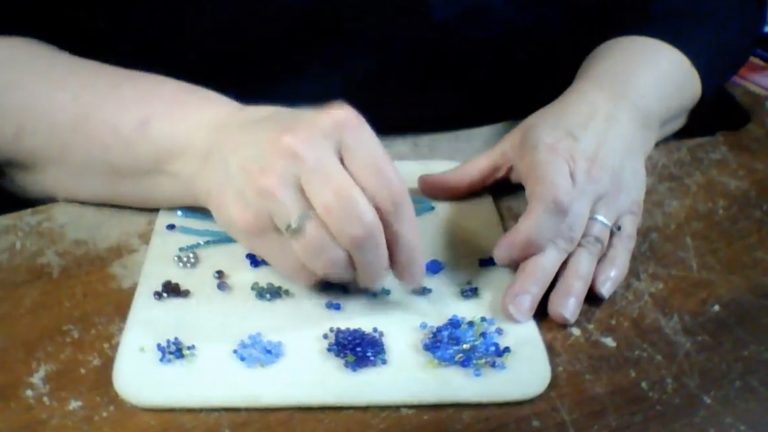
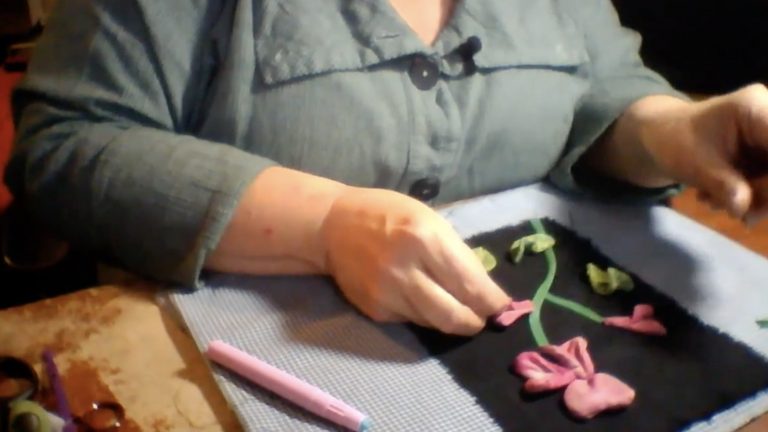
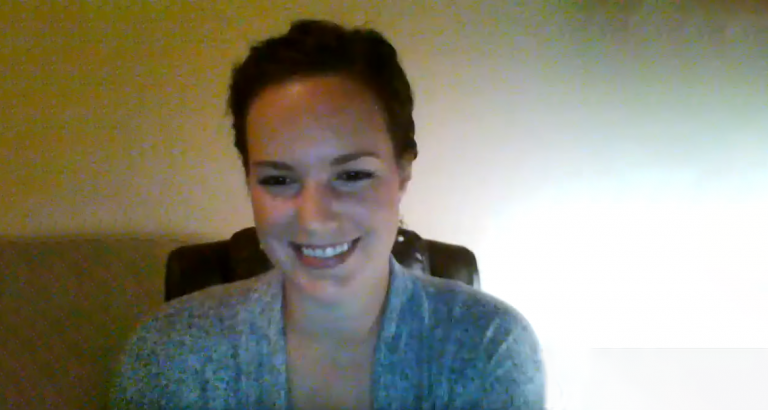
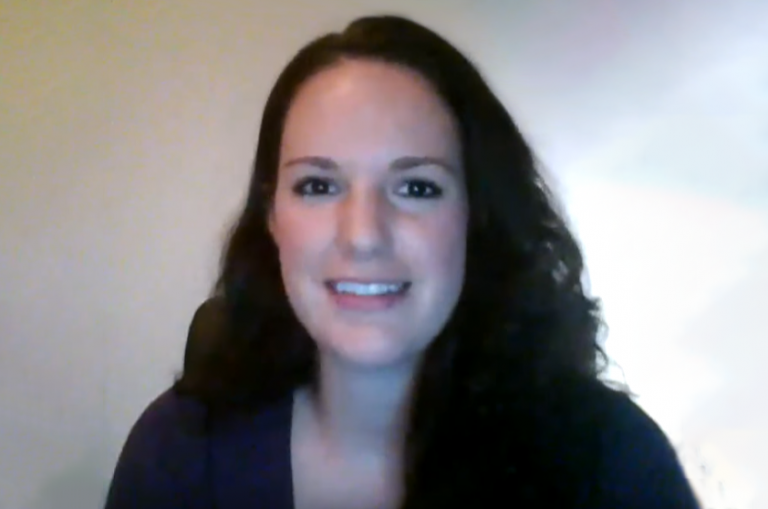
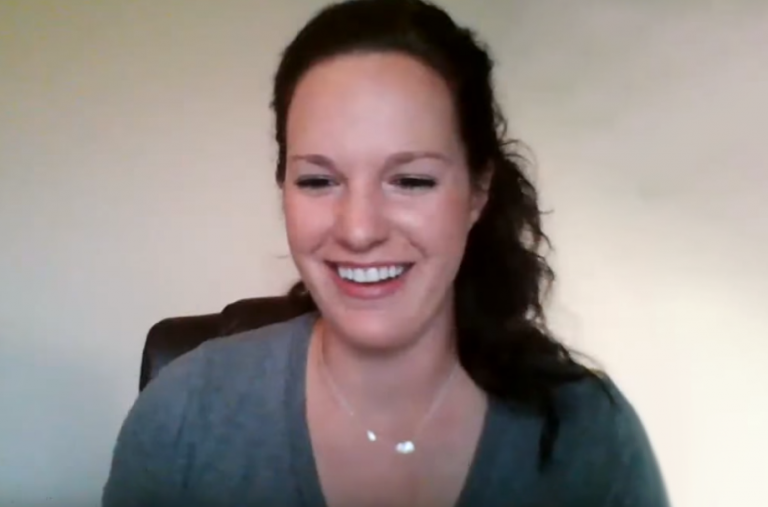
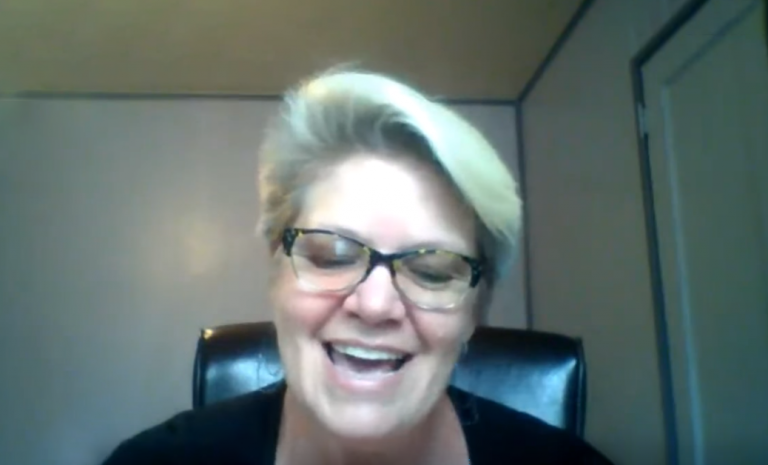
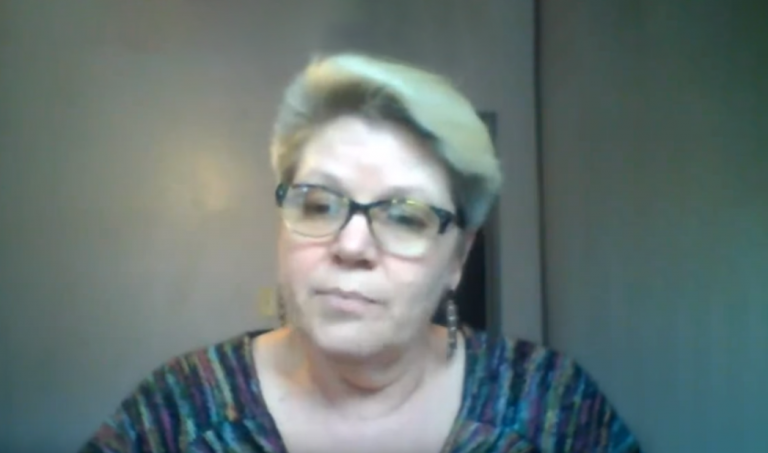
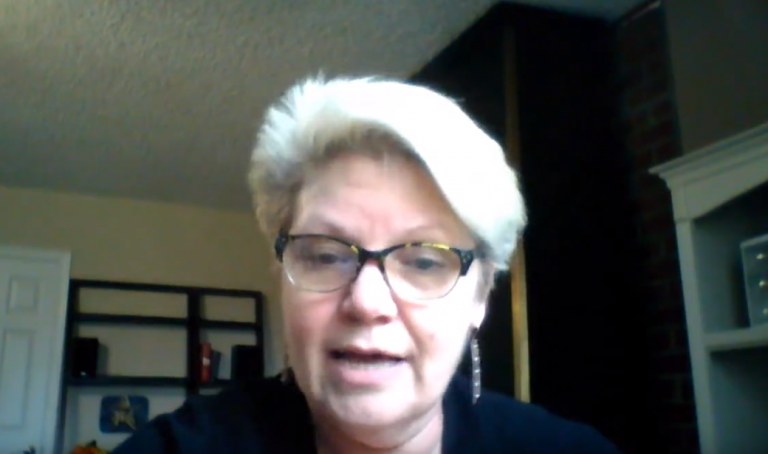
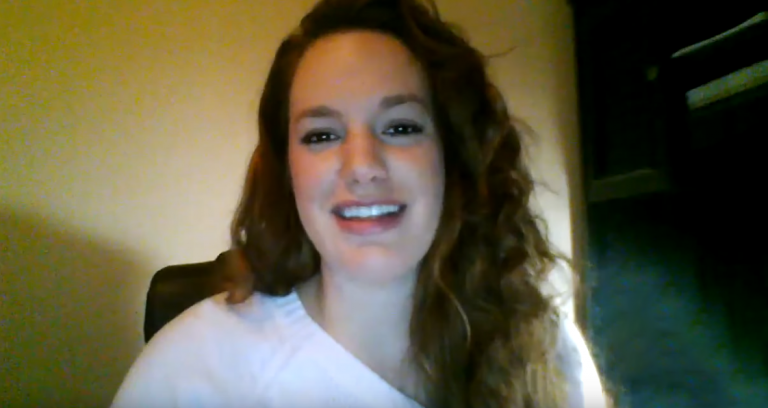
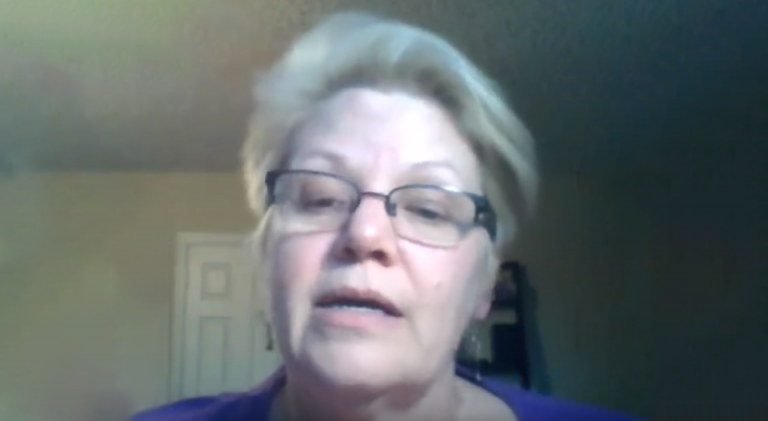
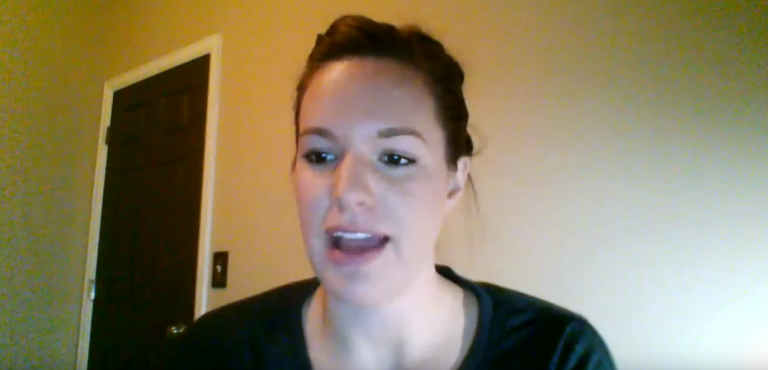
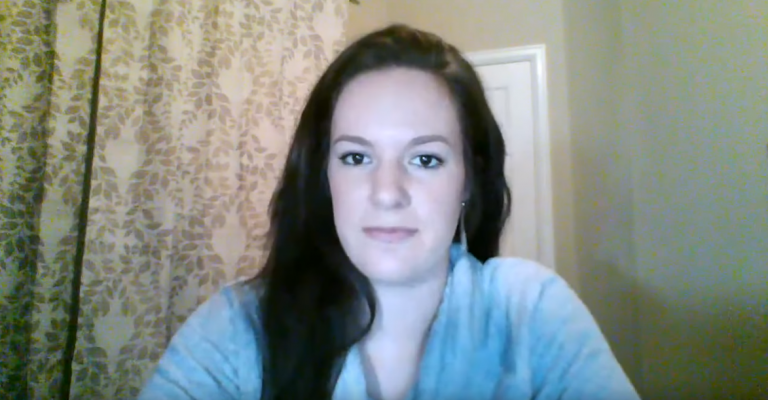
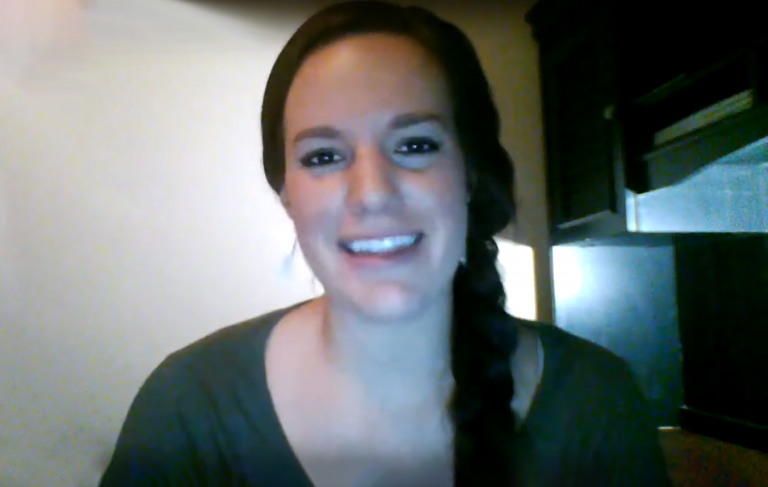
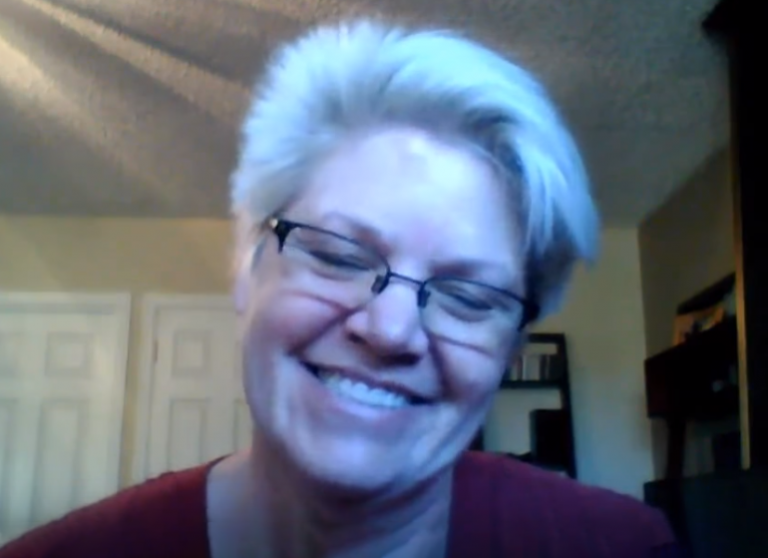
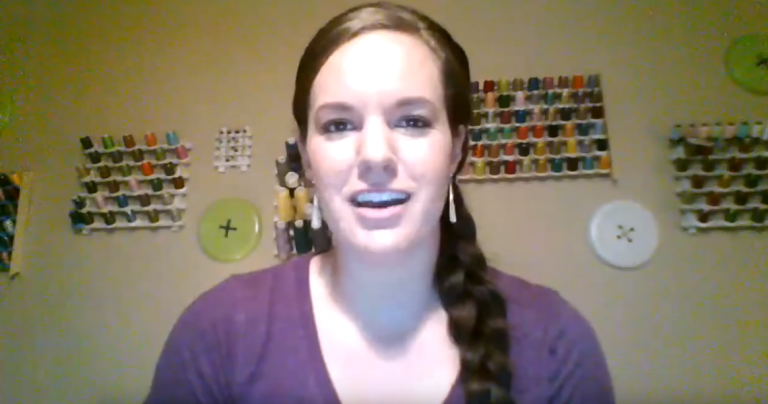
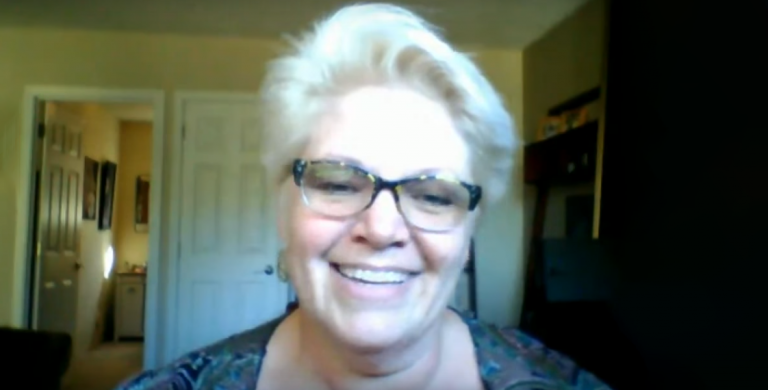
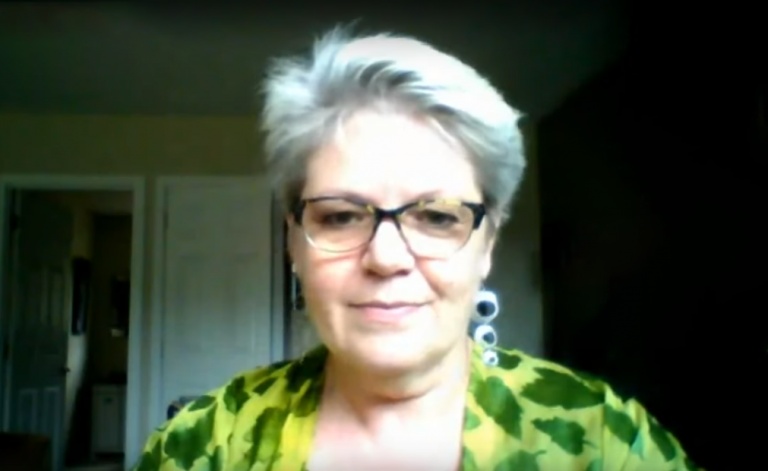
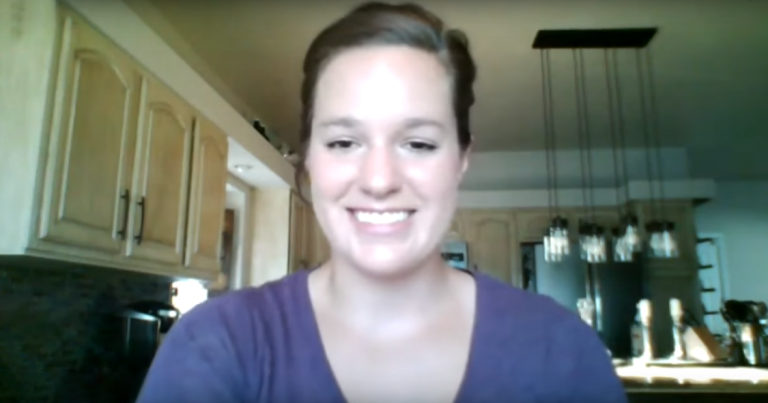
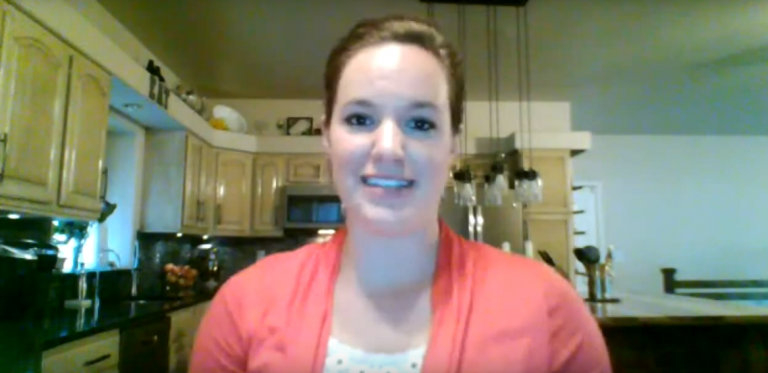
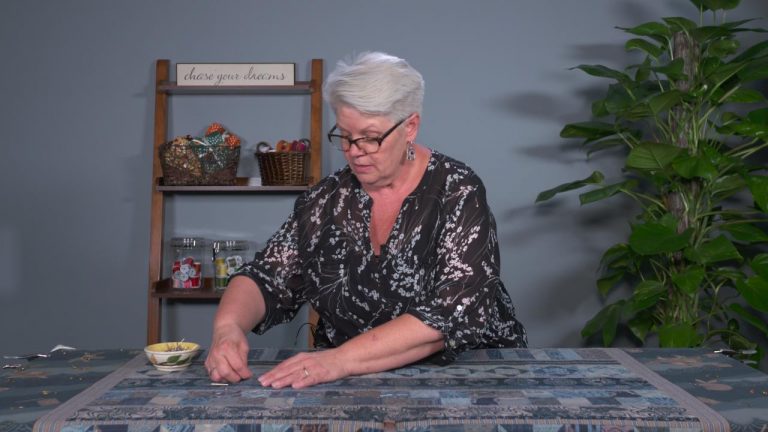
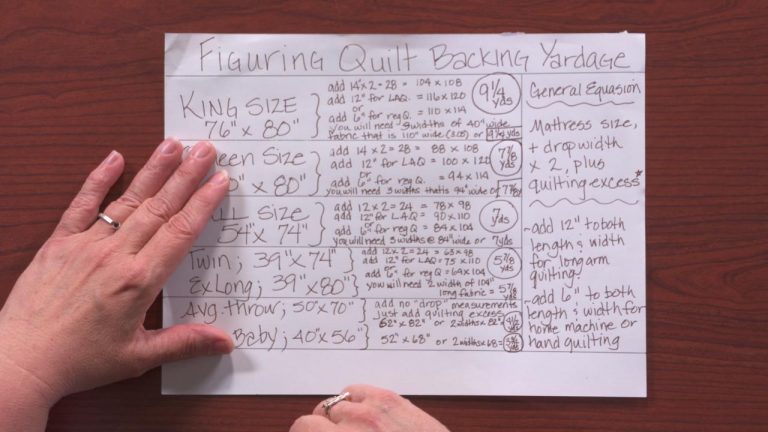
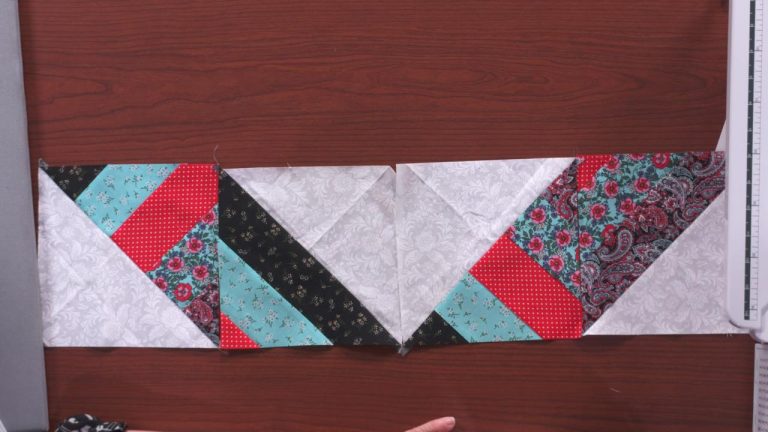
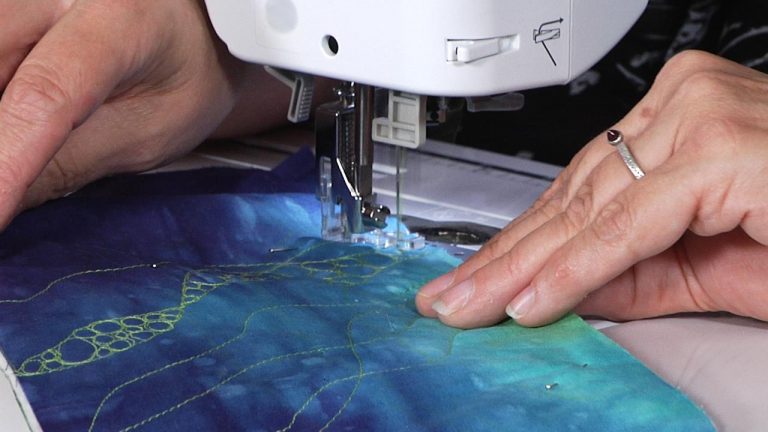
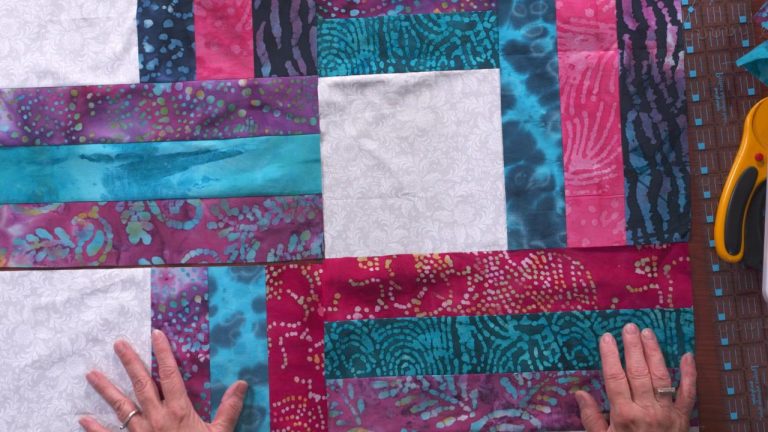
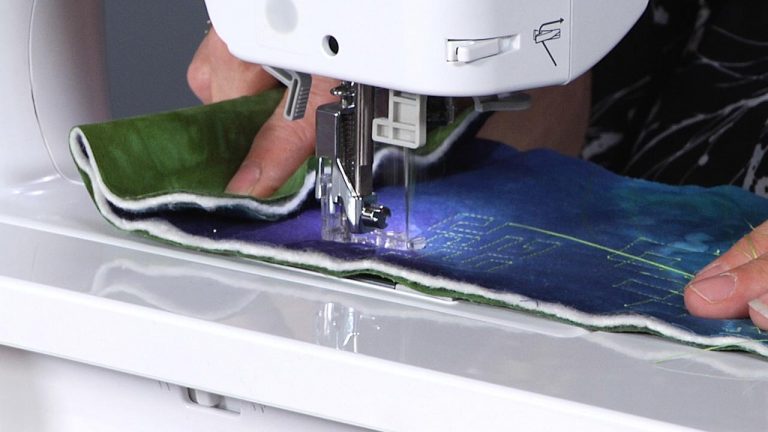
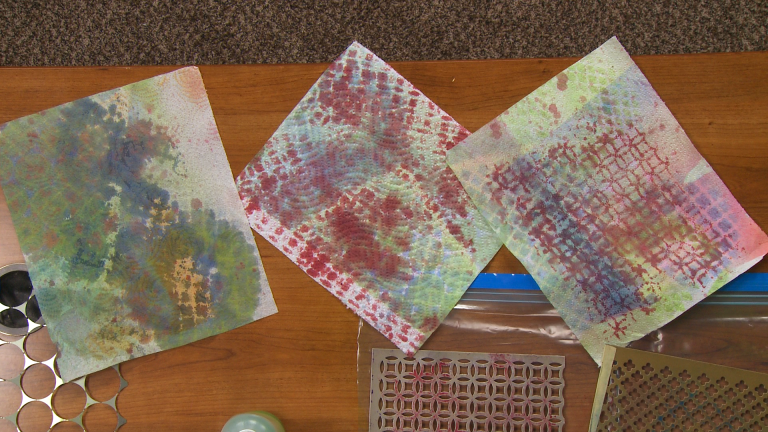
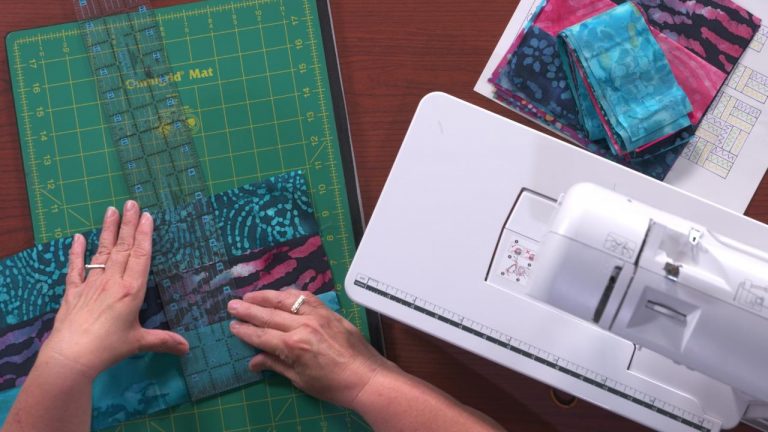
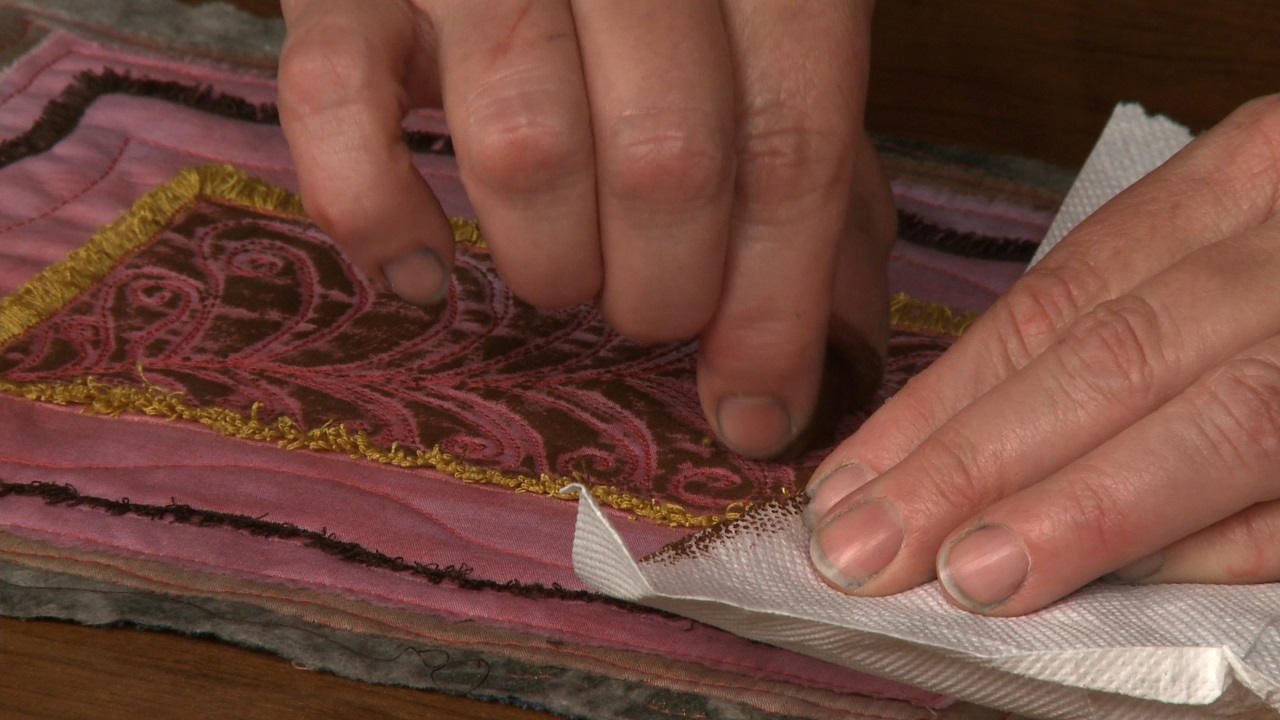
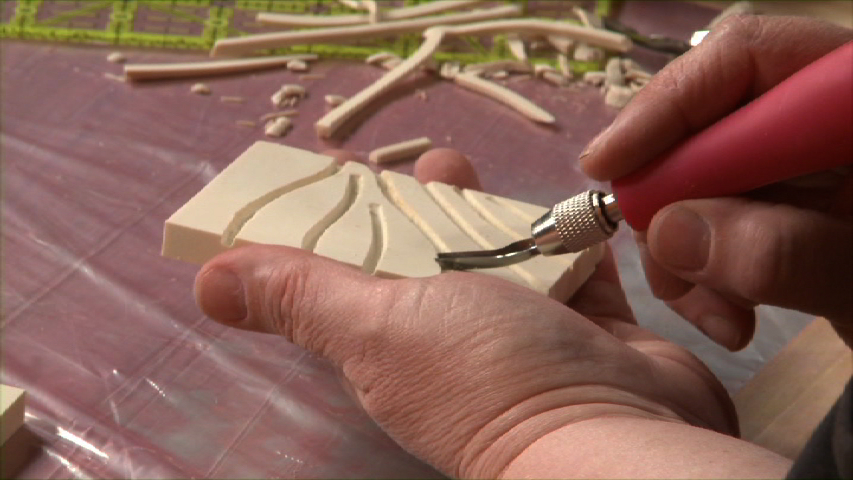
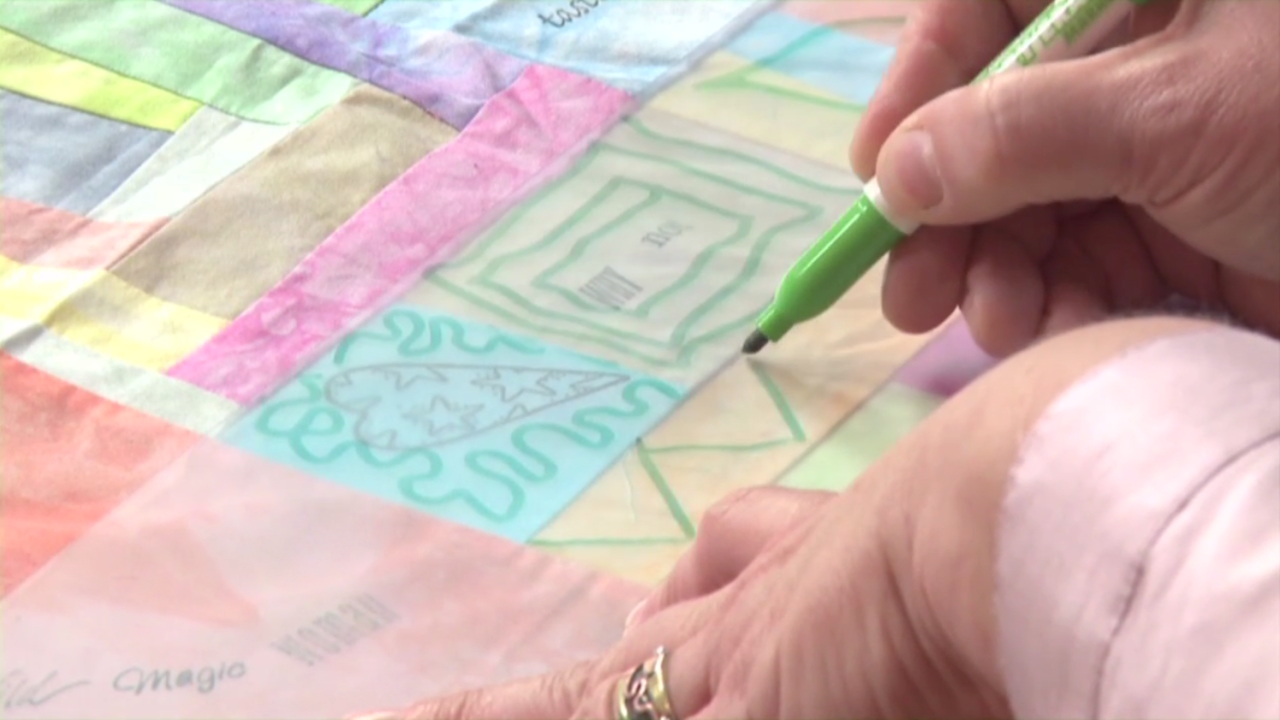
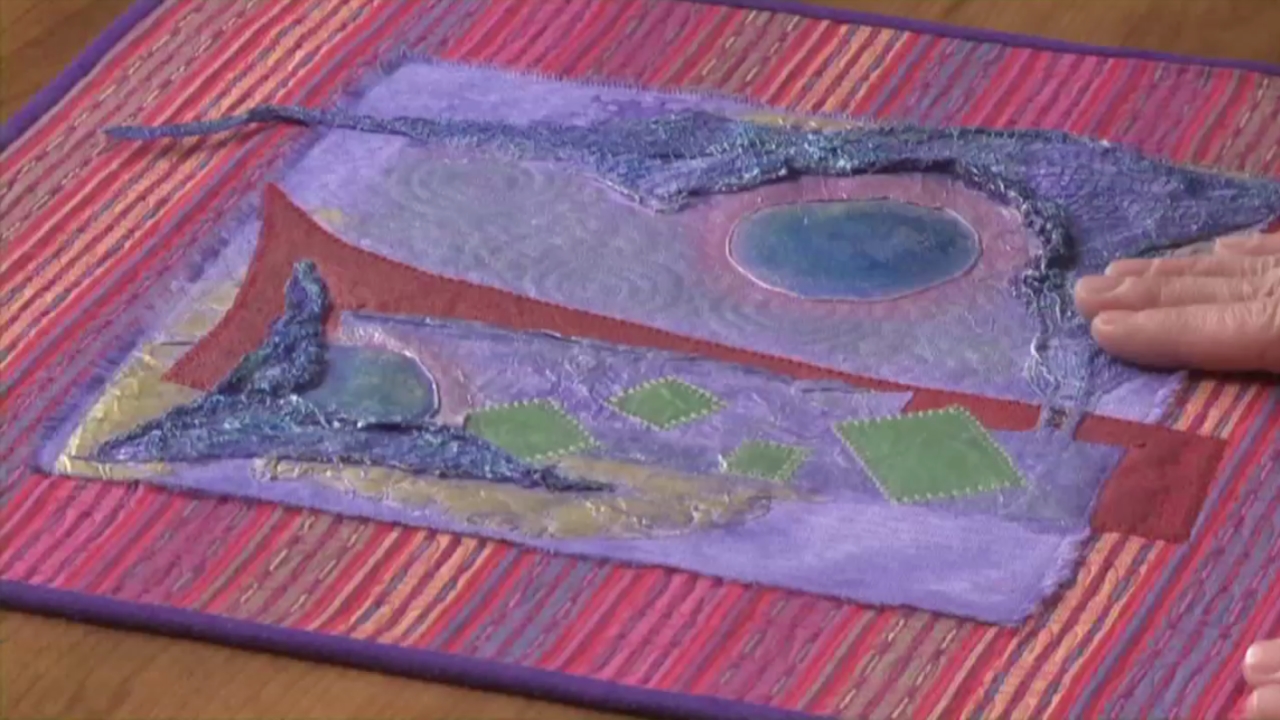
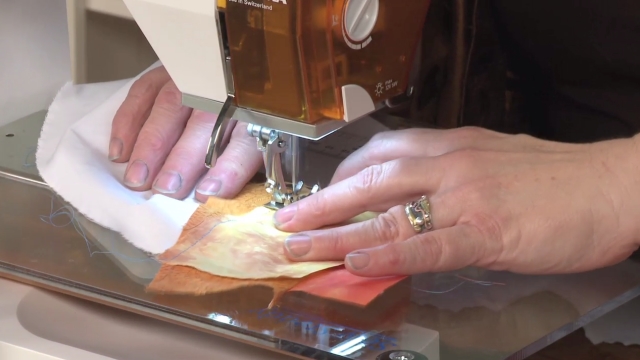
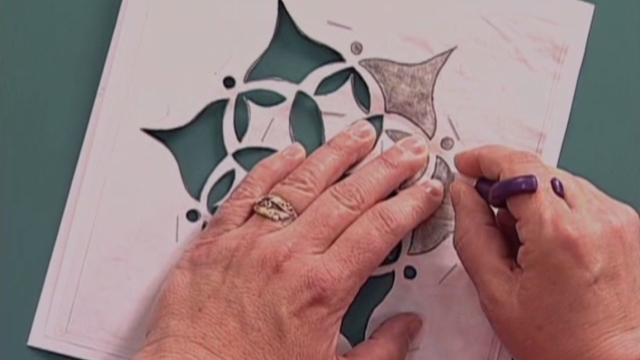
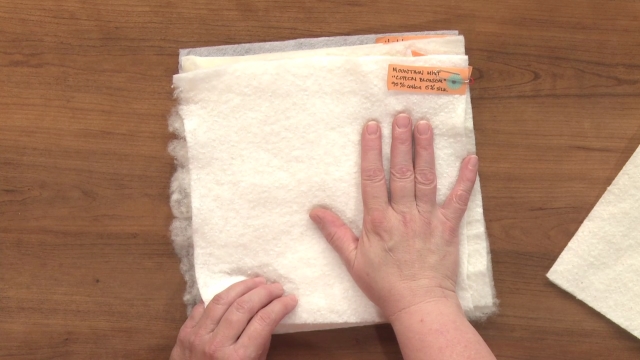
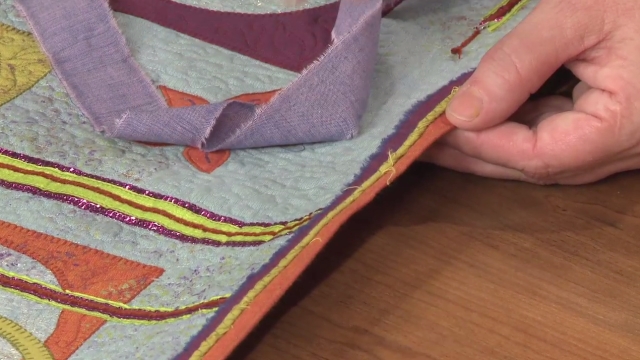
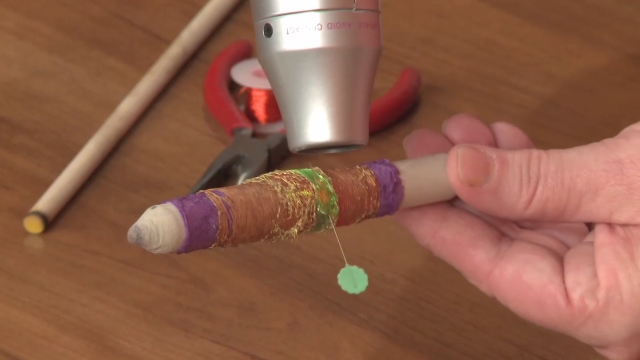
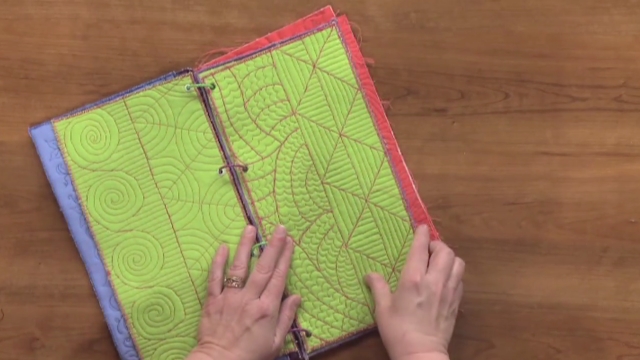
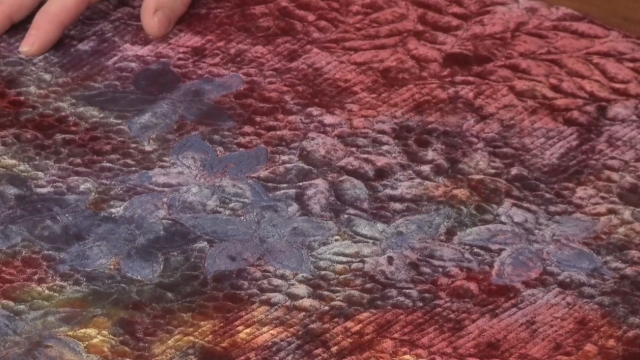
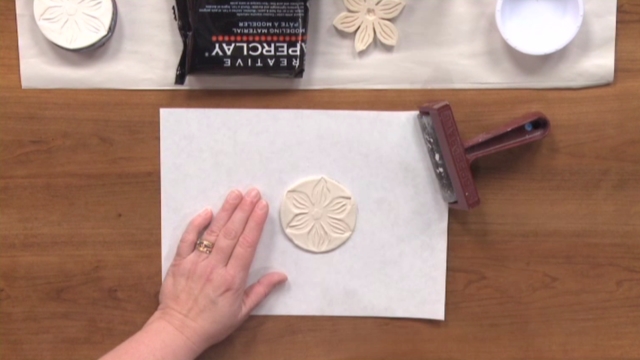
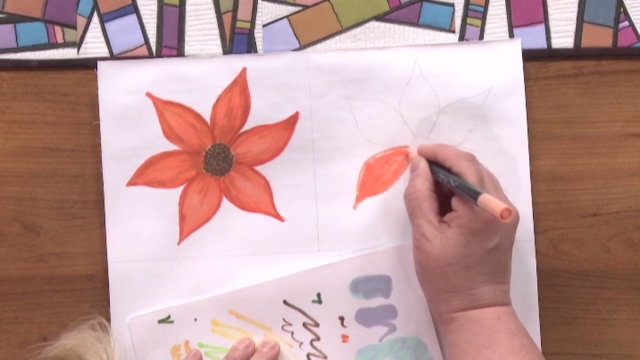
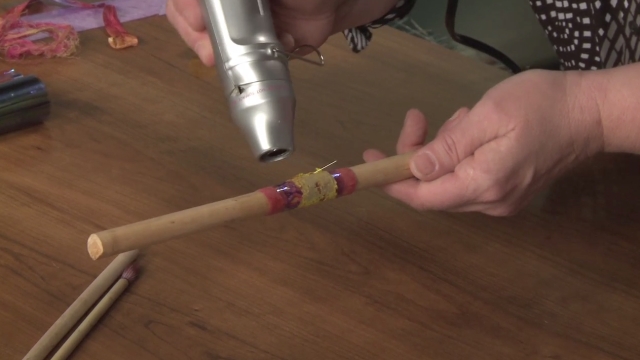
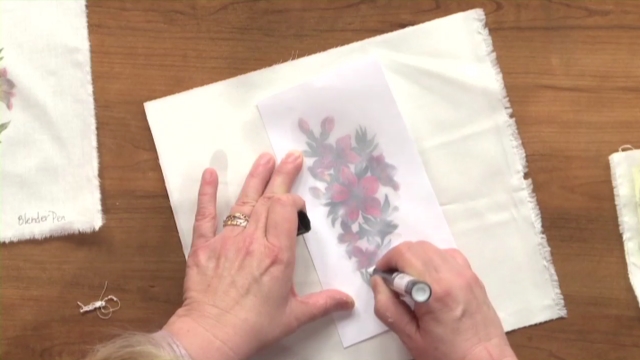
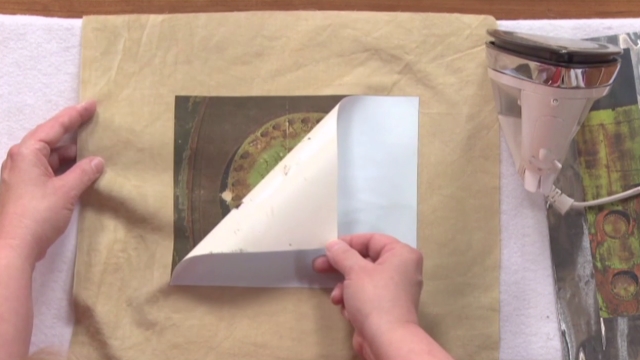
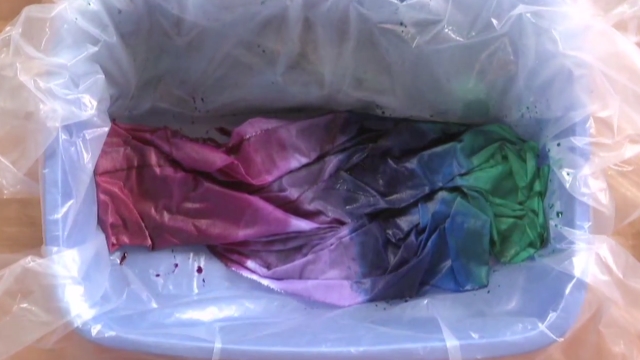
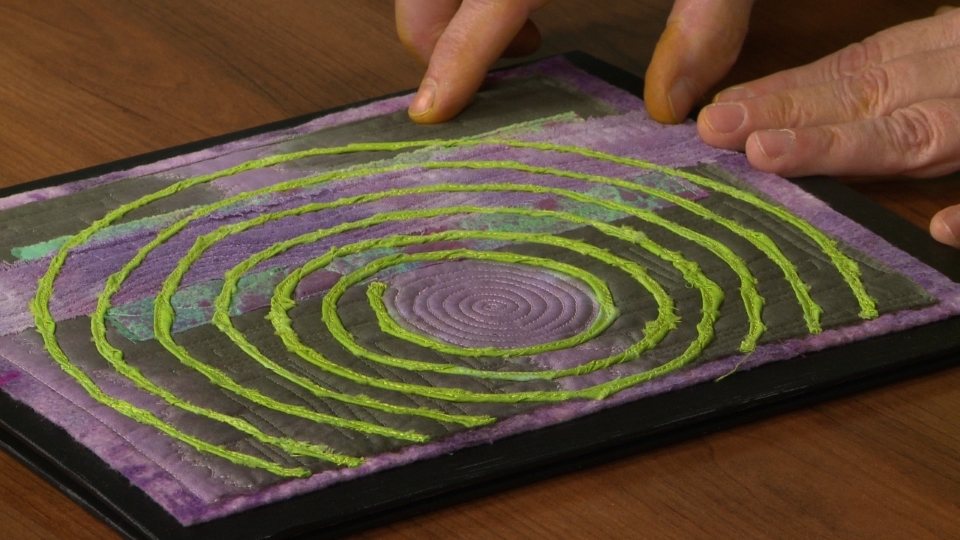
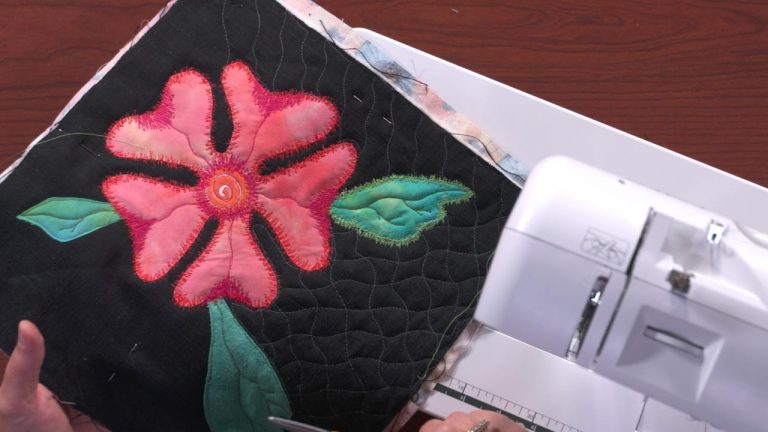
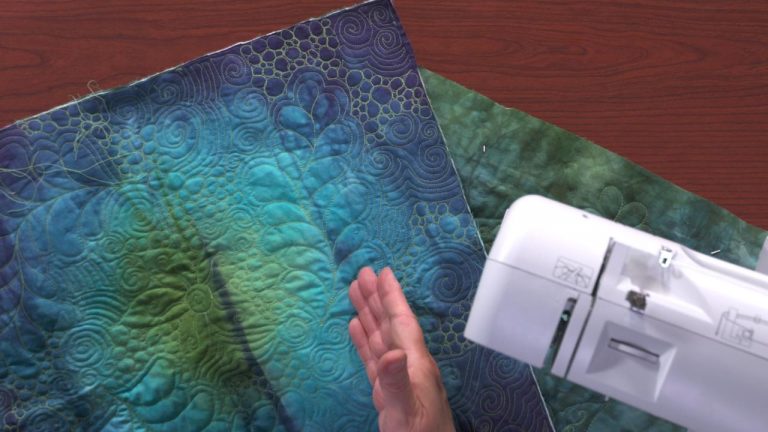
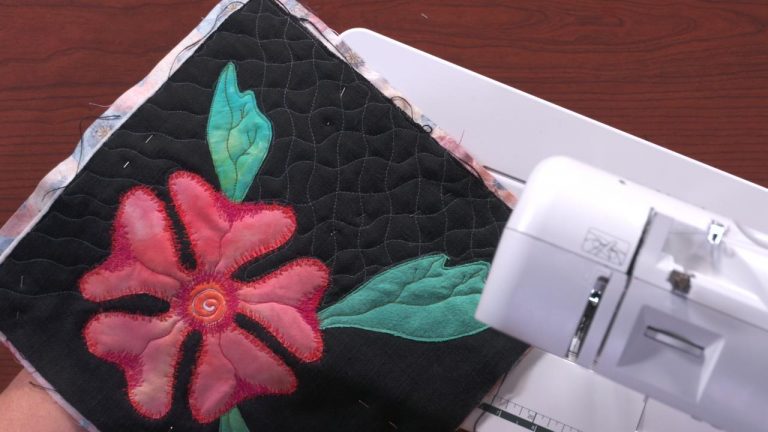
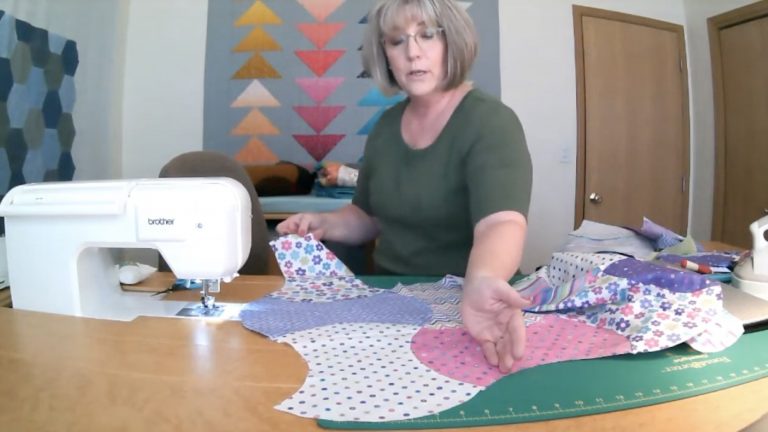
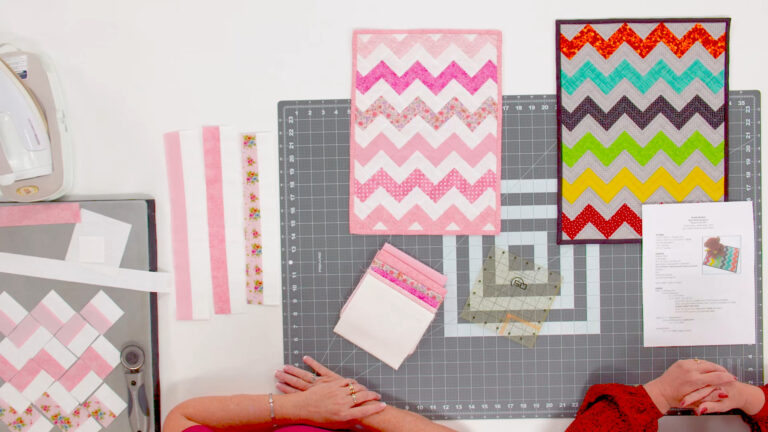

Share tips, start a discussion or ask one of our experts or other students a question.
Already a member? Sign in
No Responses to “Quilt & Color Session 5: Final Shading, Squaring Up & Binding”